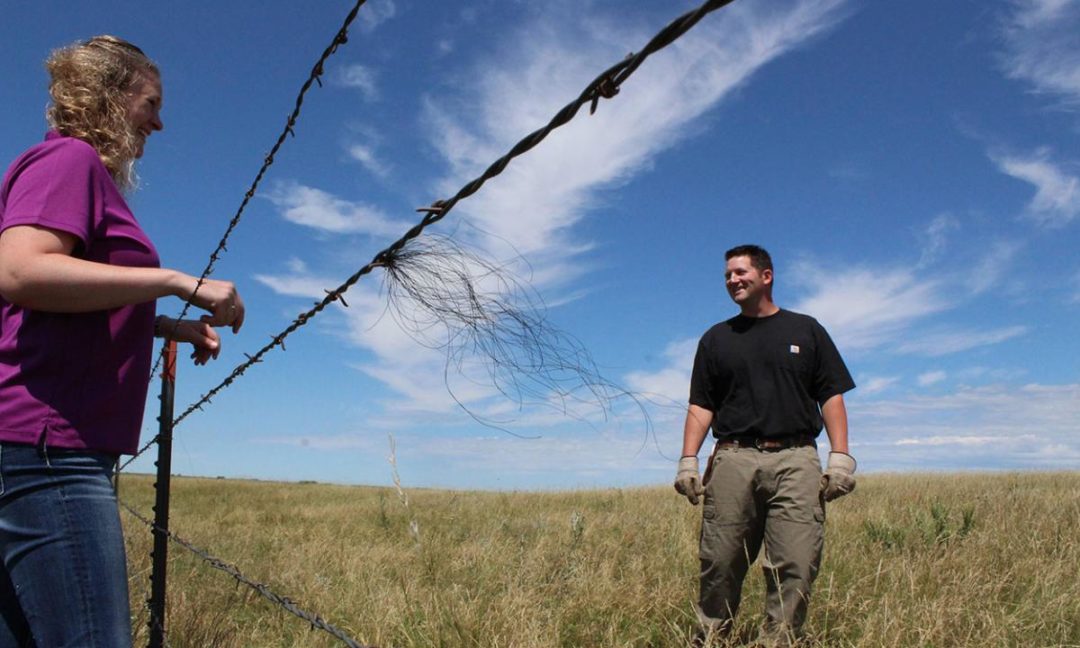By Alexander Smart, Extension Rangeland Management Specialist
The development of a successful grazing management program begins with a mental inventory and an observation of what is happening that you would like to change. Next, consider what you are willing to do to make that change. And finally, how much time are you willing to devote to a new grazing management system?
Once you have answered the above questions, seek assistance from professionals or experienced private grazing managers to help you determine a direction and design a system that is in line with your goals. Once you have walked through this mental exercise, your mentor will also be able to help you utilize what you already have, such as natural sources of water and existing fence lines.
On any acreage, there are several ways to set up a grazing management system. Working with you, your mentor or professional helper can start by simply drawing up options for pasture division and cattle distribution. Together, you’ll consider the absolute number of acres needed to sustain your herd for a certain amount of time. Next is setting up a grazing schedule.
Producers also can utilize personal research (books, videos, the internet) to help determine a direction and system. Temporary fencing may be a good option for the first year while the producer evaluates the effectiveness of the chosen system.
When developing a grazing schedule, there are multiple factors to consider. Knowing the growth cycles of the grasses present, when to graze and how much of the plant should be grazed are key influencers of the schedule. These factors, along with monitoring your outcomes, are important steps toward success.
The Healthy Grasslands article series is provided by the South Dakota Grassland Coalition in partnership with SDSU Extension. Contributing editors: Alexander J. Smart, Peter J. Bauman and Joshua Lefers. © South Dakota Grassland Coalition 2017. For more information, view the full publication or visit the South Dakota Grassland Coalition website.







Post a comment
Report Abusive Comment